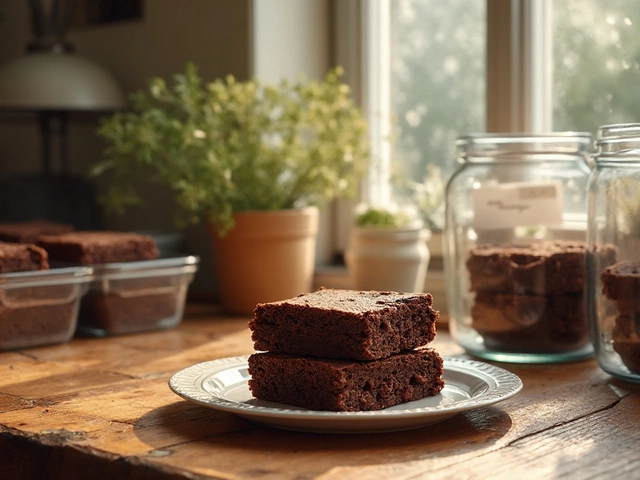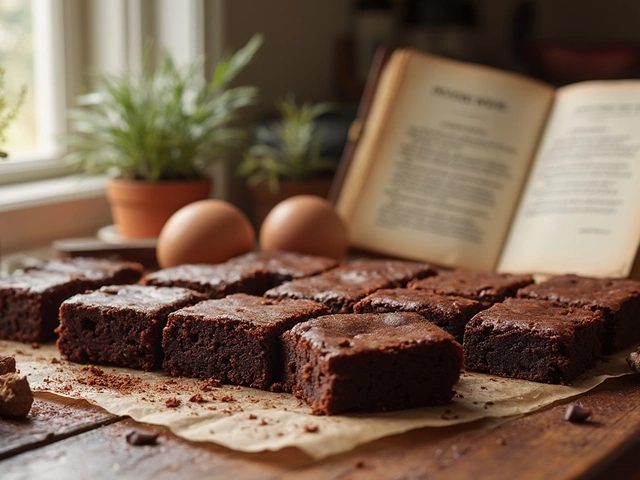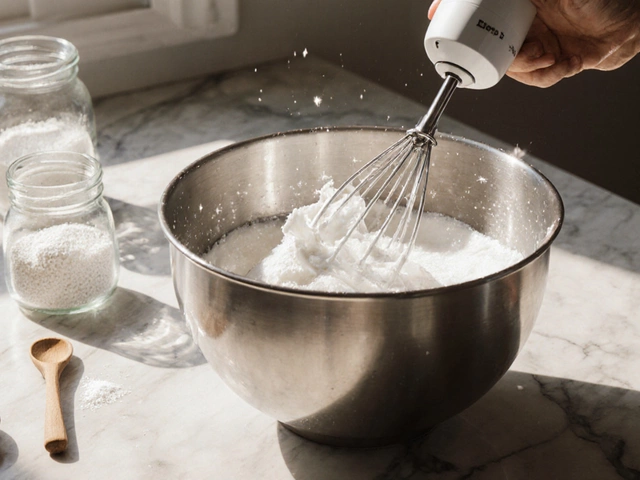Cheese Melting Tips: Get a Smooth, Gooey Result Every Time
Ever wondered why some cheese turns into a stringy mess while other batches melt like silk? It’s not magic – it’s about choosing the right cheese and using the right heat. Below are simple tricks that work for anyone, whether you’re whipping up a grilled cheese or a velvety cheese sauce.
Pick the Right Cheese for Melting
Not all cheese is created equal when it comes to melting. Soft cheeses like mozzarella, Monterey Jack, and young cheddar melt quickly and stay creamy. Harder cheeses such as Parmesan or aged cheddar can get grainy unless you grate them finely and add a little liquid. For a smooth sauce, blend a mild cheese with a bit of a high‑fat cheese – think mozzarella plus a splash of cream cheese.
Tip: Look at the moisture content. Higher moisture means easier melt. If you’re not sure, check the label – “moisture” or “water content” are good clues.
Control the Heat and Add Liquid
Low and slow is the golden rule. Heat the pan or pot over medium‑low, add a splash of milk, cream, or broth, and then stir in the cheese gradually. The liquid creates a suspension that prevents the cheese proteins from clumping. If you’re using a microwave, heat in 15‑second bursts, stirring each time.
Avoid high heat; it forces the cheese to separate, leaving oil on top and a gritty texture below. For oven dishes, cover the dish with foil for the first half of baking, then remove to let the top brown without overheating the cheese under the cover.
Common mistake: Adding cold cheese straight to a hot pan. Let the cheese sit at room temperature for 15 minutes first – it reduces the temperature shock and gives a smoother melt.
Another quick fix for a grainy sauce is to whisk in a teaspoon of butter or a dash of corn starch dissolved in cold water. The fat or starch helps bind the proteins back together.
Once the cheese is melted, keep it warm but not boiling. A gentle simmer or a heat‑proof bowl over a pot of hot water (bain‑marie) does the trick. This way you can drizzle the sauce over pasta, veggies, or nachos without it seizing up.
Storing melted cheese? Cool it quickly, cover tightly, and refrigerate. Reheat gently on the stove with a splash of milk to bring it back to a silky consistency.
With these easy steps – pick the right cheese, control the heat, and add a little liquid – you’ll never battle a greasy, clumpy melt again. Grab your favorite cheese, follow the tips, and enjoy that perfect, glossy stretch every time you bake, grill, or sauce.






